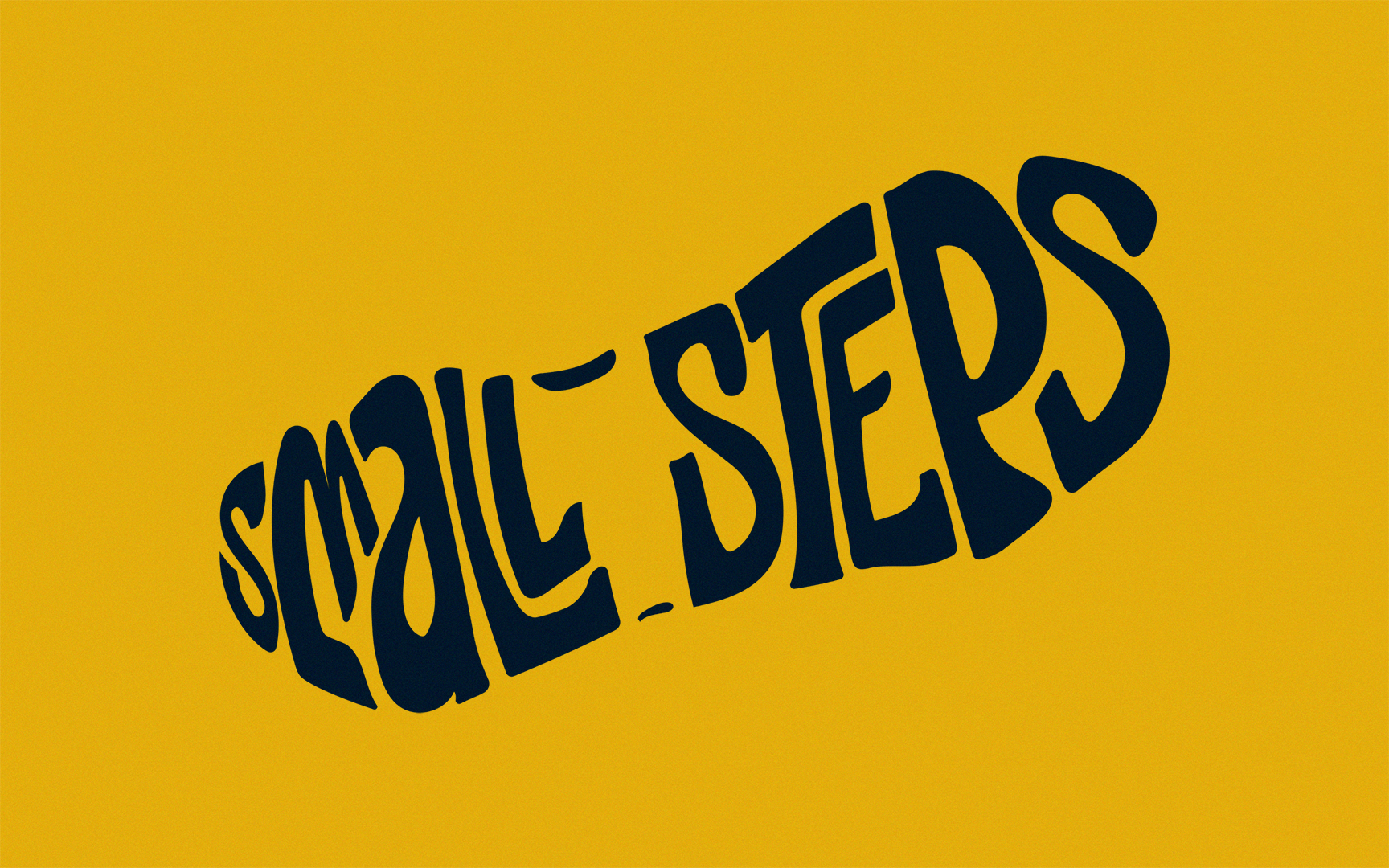Creativity is overrated.
Have you ever gone so deep into self-reflection that you come out the other end knowing less about yourself than when you started? It happens to me a lot. I fall so far down the rabbit hole of astrology, Myers-Briggs types, enneagrams, and Buzzfeed quizzes, that by the end I know I’m a taurus, ENTJ, 3 wing 2, Schmidt from New Girl, but have no concept of what these labels actually mean for my life.
These ways of categorizing people can be alluring because they all play on the base desire to truly know oneself. Overall, as much as I participate, I’ve become a bit wary of this desire to mine the depths of our psyches in order to gain some knowledge of our elusive “true selves.”
I think most of these characteristics aren’t innate to the core of a person whatsoever. Honesty, loyalty, warmness, sensitivity, neuroticism are subject to change for a myriad of personal reasons, this is especially true for the characteristic of creativity.
Whether or not I’m an inherently creative person is a question that has bothered me for most of my young adult life. Culturally, there is a romanticization of the sort of creativity that causes artists to isolate themselves in tiny studios and stay up all night making their masterpiece because they were compelled by some intense inspiration. But how many of us truly relate to that experience of creativity?
This focus on monumental and sporadic artistic output as the definer of who is and is not creative really limits how all of us view our own creations. This view causes us to make up excuses for why we cannot produce artistic content. You either don’t have inspiration, don’t have the right materials, have too busy of a schedule or so on. Then, you never create the art you wanted to make, and convince yourself that you aren’t a “real” artist because you don’t practice a craft consistently. The cycle continues.
I noticed this defeatist cycle most prominently in the beginning of the COVID-19 lockdown. I had time to make all the creative output I desired once I was staying at home indefinitely. However, I couldn’t bring myself to bust out the random craft supplies lying around my apartment for fear of not being able to achieve something I was proud of.
But since divine inspiration never struck, I convinced myself that I was indeed one of the world’s poor left-brain “uncreatives” and that was that. However, after beating myself up time and time again, I no longer believe in this sort of dichotomy.
Creativity looks different on everyone. As children, we’re all fairly confident in our artistic abilities, and then something happens throughout the years to knock that out of most of us. And through our adolescence, as we’re no longer practicing drawing, music, dancing etc., the skills stagnate. Then, when we try to pick the habit back up, nothing has progressed. That’s not a failure of us individually, but of a system that convinces us that as we grow up, creativity becomes a skill we either have or don’t, rather than a component of every choice we make. Viewing creativity as something inherent to the human condition, rather than a personality quirk can be helpful to escape from the confines of what you expect from yourself.
Feature graphic by Taylor Reddam
